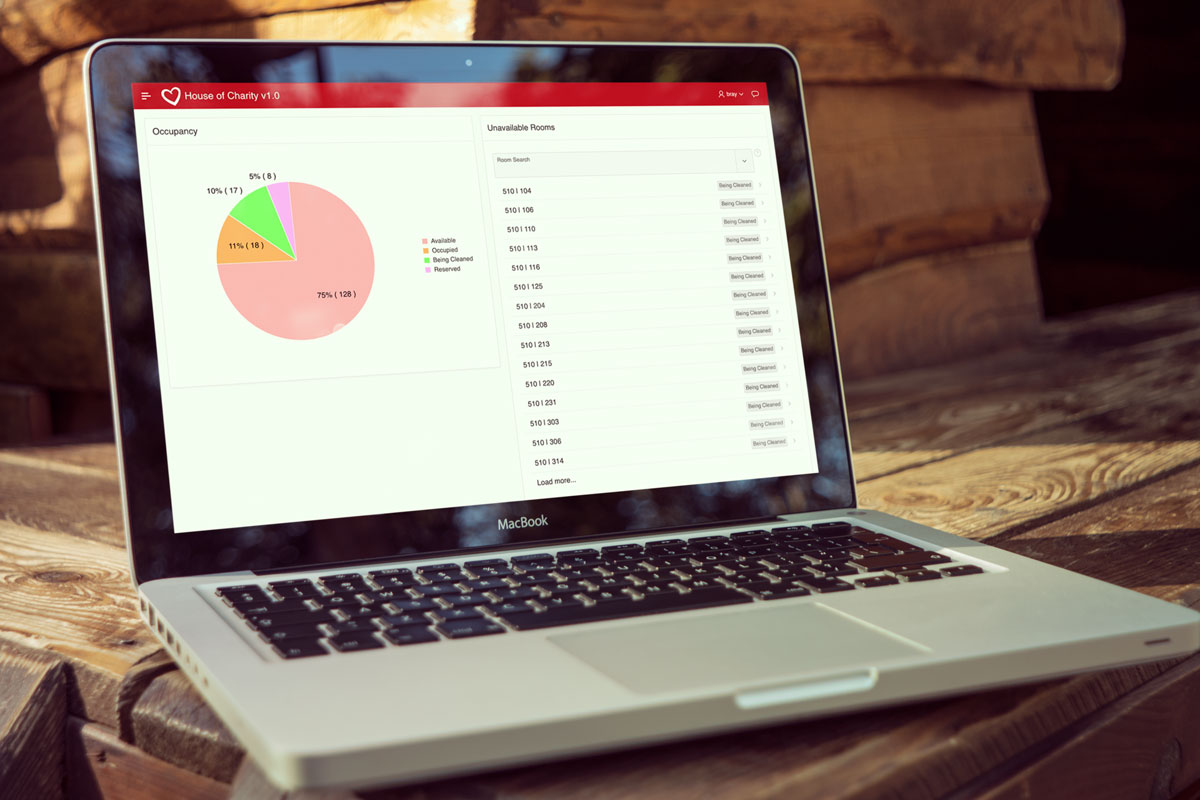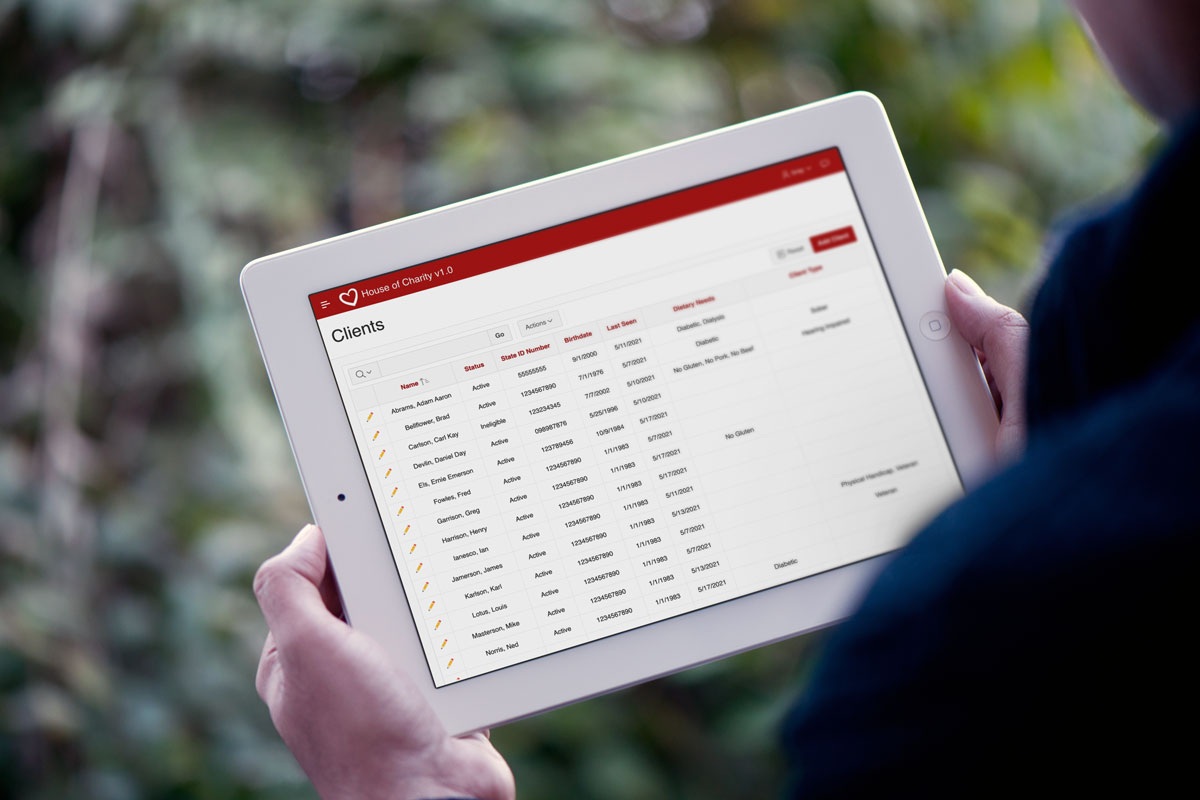Helping House of Charity Grow Their Mission
House of Charity provides housing and additional services to adults in Minneapolis experiencing long-term homelessness. Once a hotel, the building at 510 South 8th Street now houses 116 men and women who have experienced homelessness. With staff support, House of Charity’s clients tackle the barriers that keep them from maintaining housing stability.
Founded in the early 1950s, House of Charity is undergoing rapid growth. In late 2020, they opened the new Park7 building at 615 S 7th Street. The new building includes 61 studio apartments for people experiencing long-term homelessness. A second building will include a dining center, outpatient addiction and mental health program, and new offices for administration. In addition, as of January 1, 2021, House of Charity is officially part of St. Stephen’s Human Services, and the combined organization has rebranded as Agate Housing and Services. The merger “represents a natural progression of a long and valued relationship between the two organizations and an opportunity to more fully integrate our services in support of people experiencing homelessness, hunger, mental health issues, and substance dependence.”
With all of that growth, House of Charity’s existing system for managing client reservations and attendance — internally nicknamed the Matrix because of how confusing it was — could no longer keep up. Traust stepped in with new custom software development to help House of Charity better manage both their busy day-to-day work and the sometimes-cumbersome reporting requirements that come with public funding.






